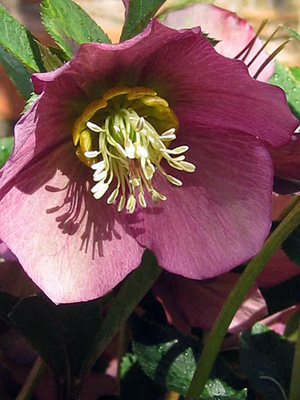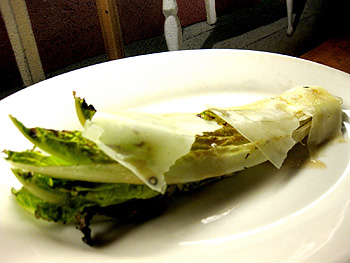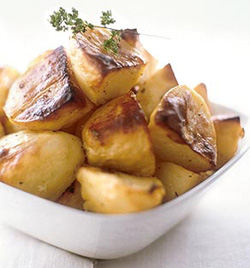 During the season of Lent, an herbaceous perennial sends up its hearty bells of florets on sturdy stems – bridging the gap between winter and spring.
During the season of Lent, an herbaceous perennial sends up its hearty bells of florets on sturdy stems – bridging the gap between winter and spring.
As with the season of Lent itself – a wintry season of contemplation, spiritual focus, and petition - these symbols of new life out of the deathlike state of winter are emblems of the newness of spring, rebirth, and rejuvenation.
Helleborus is the genus name for Lenten Roses to which these perennials are often referred as Hellebores. Hellebores range from garnet to ruby, lilac to lavender, and to the purest white. Once the flowers begin to fade, the petals become chartreuse and lime green, lasting for months on their stems and for days in arrangements. Some of the flowers are the simplest, five petal blossoms you’ll ever see, while others are compound arrays of florets with freckles or dark nectaries complemented by bright sepals.
Leathery leaves, pretty and green, make for a delightful texture in the garden. The dark green of the Christmas Rose, Helleborus niger, is quite stunning around Christmas time and into January. The pure white flowers dangling above the glossy greenery are beautiful sentiments for the Christmas Holidays. From there, cultivars and cross species of Helleborus orientalis will begin to emerge and bloom through the winter and especially during Lent…quite an appropriate name, eh? From bloom time to color to texture, I’m sure you’ll be able to find a Hellebore to suit your garden’s fancy.

 Going out to eat has many pleasures, not the least of which is learning a new trick to add to your own repertoire at home.
Going out to eat has many pleasures, not the least of which is learning a new trick to add to your own repertoire at home. You probably know ricotta as the cheese that goes in lasagne or manicotti but ricotta is so much more. If you've ever had ricotta straight out of the container or tried freshly made ricotta, you know exactly what I mean. It's luscious, creamy and sweet all on its own. Ricotta is amazing simply spread on toast or served as a snack or appetizer. It can even be a dessert—I like it drizzled with honey.
You probably know ricotta as the cheese that goes in lasagne or manicotti but ricotta is so much more. If you've ever had ricotta straight out of the container or tried freshly made ricotta, you know exactly what I mean. It's luscious, creamy and sweet all on its own. Ricotta is amazing simply spread on toast or served as a snack or appetizer. It can even be a dessert—I like it drizzled with honey. I could not possibly have let April go by without sharing this lemony recipe with you. This is one that will become a classic in your repertoire. Trust me. Easy, yet so delicious, this dish is perfect for a small dinner or for a huge gathering. The recipe can be halved or doubled easily (or tripled … believe me I’ve done it).
I could not possibly have let April go by without sharing this lemony recipe with you. This is one that will become a classic in your repertoire. Trust me. Easy, yet so delicious, this dish is perfect for a small dinner or for a huge gathering. The recipe can be halved or doubled easily (or tripled … believe me I’ve done it). It's true, radishes are often considered the "Rodney Dangerfield" of vegetables...no respect. But that's too bad because they are so much more than an afterthought, a garnish or a decoration.
It's true, radishes are often considered the "Rodney Dangerfield" of vegetables...no respect. But that's too bad because they are so much more than an afterthought, a garnish or a decoration.
